The natural world harbors countless wonders, but among them lurk some of nature’s deadliest creations. While many people fear large predators like sharks or lions, some of the most lethal organisms on our planet are actually quite small. In the vast realm of insects, certain species have evolved venom potent enough to cause serious harm or even death to humans with just a single bite or sting. This article explores the fascinating yet frightening world of the most poisonous insects, examining which species truly deserves the title of “most deadly” and what makes their toxins so powerful. As we venture through this dangerous territory, we’ll discover how these tiny creatures have developed such potent biological weapons and what you should know to stay safe.
Understanding the Difference: Venom vs. Poison
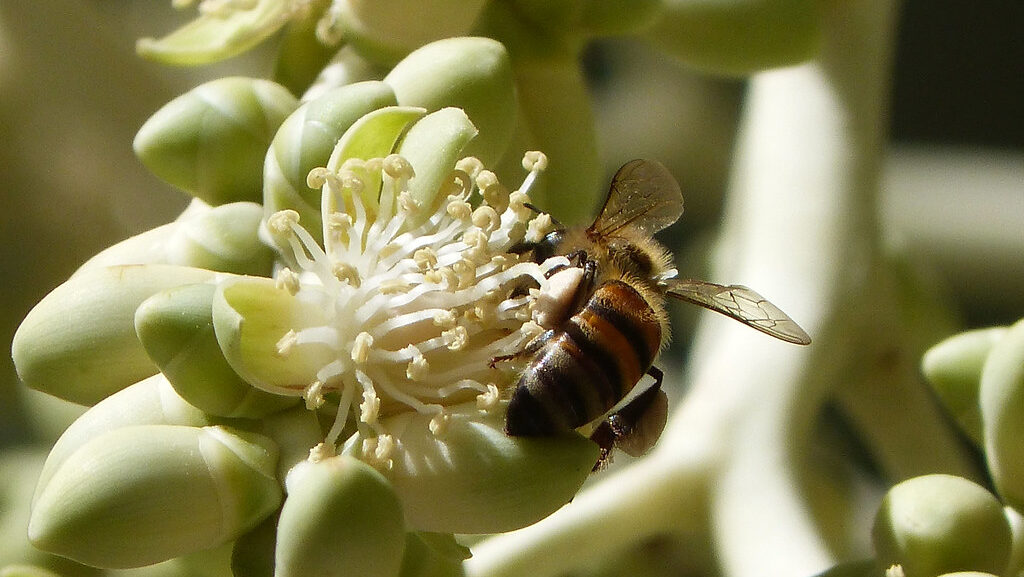
Before diving into the world’s most dangerous insects, it’s important to clarify the difference between “venomous” and “poisonous” creatures, as these terms are often confused. Venomous organisms deliver their toxins through specialized structures like stingers, fangs, or spines, actively injecting venom into their victims. Poisonous creatures, on the other hand, contain toxins that are harmful when the organism is touched or ingested. Most dangerous insects that people fear are actually venomous rather than poisonous, using their venom for hunting or defense. This distinction is crucial when discussing lethal insects, as the delivery method significantly impacts how dangerous an encounter might be for humans. For scientific accuracy, we’ll be examining both venomous and poisonous insects in this article, though the most immediately dangerous to humans tend to be venomous species.
The Infamous Killer Bee
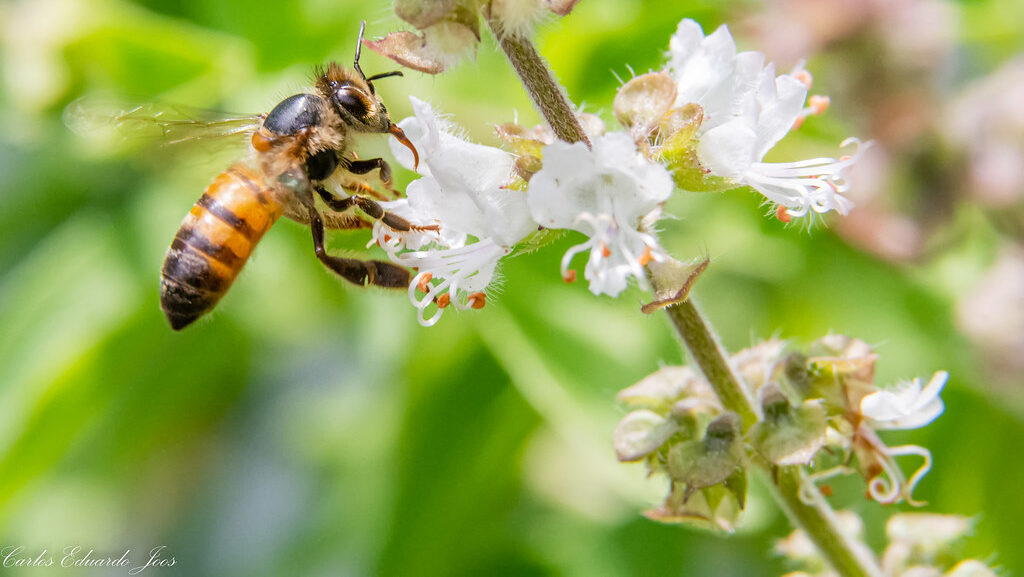
Africanized honey bees, commonly known as “killer bees,” have earned a fearsome reputation since their introduction to the Americas in the 1950s. While a single bee’s venom is not particularly potent compared to other insects, what makes killer bees deadly is their aggressive defensive behavior and tendency to attack in massive swarms. Unlike European honey bees, Africanized bees will pursue perceived threats for up to a quarter-mile, with thousands of individuals participating in an attack. Victims have been known to receive hundreds or even thousands of stings, leading to a toxic overload that can cause anaphylactic shock, kidney failure, and death. Though not the most venomous on an individual basis, killer bees are responsible for more human deaths worldwide than many more potent venomous insects simply due to their aggressive behavior and tendency to deliver venom in large collective doses.
The Formidable Giant Asian Hornet
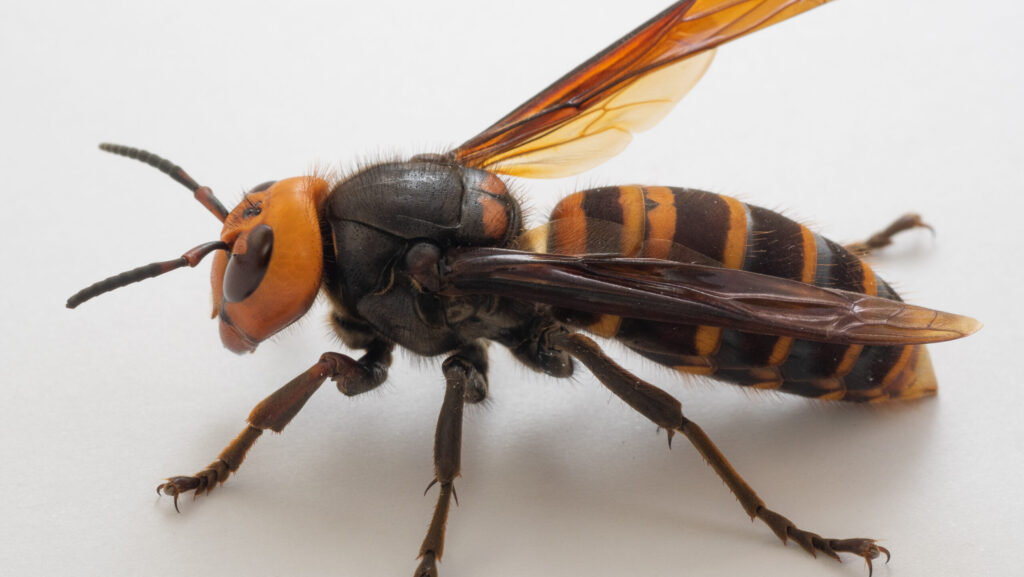
The Giant Asian Hornet (Vespa mandarinia), also known as the “murder hornet,” has recently garnered significant media attention in North America, though it has long been feared in its native range across East and Southeast Asia. Growing up to two inches long with a wingspan of three inches, these hornets are the world’s largest wasps and possess a venom that contains a unique neurotoxin called mandaratoxin. This powerful venom is capable of breaking down human tissue and causing multiple organ failure when delivered in sufficient quantity. In Japan alone, these hornets are responsible for approximately 30-50 human deaths annually, with victims suffering from extreme pain described as “having a hot nail driven into your flesh.” What makes these insects particularly dangerous is their ability to sting repeatedly, unlike honey bees, allowing them to deliver larger doses of venom to their victims.
The Deadly Harvester Ant
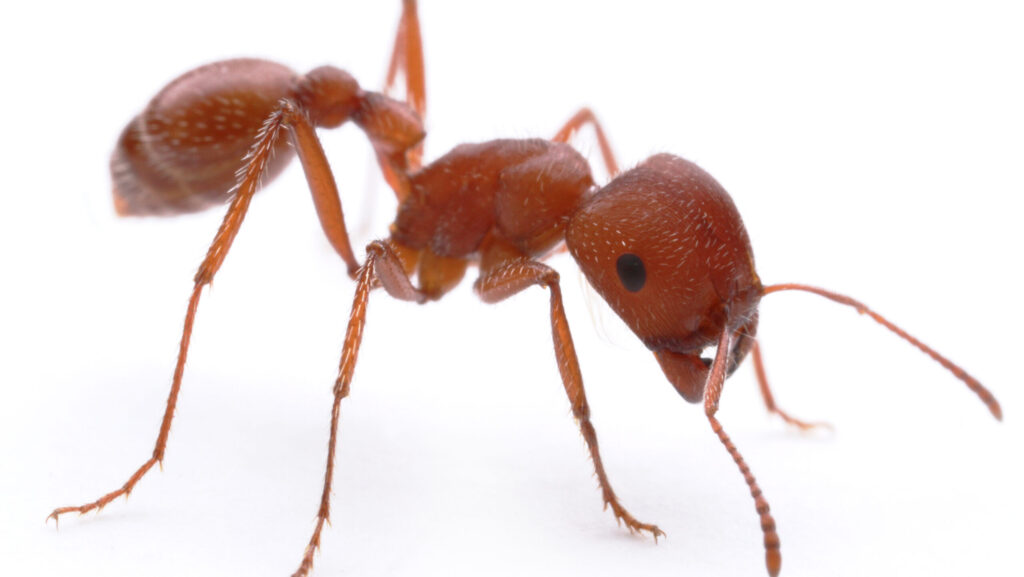
The Maricopa harvester ant (Pogonomyrmex maricopa), native to the southwestern United States, holds the record for the most toxic insect venom based on LD50 measurements (the amount required to kill 50% of test subjects). Their venom is approximately 20-25 times more potent than that of honey bees and is believed to be the most venomous insect in the world on a per-unit basis. A single Maricopa harvester ant contains enough venom to kill 200 mice if injected directly into their bloodstream. The venom works by causing the release of histamines, which leads to intense pain, inflammation, and potential respiratory failure in victims who receive multiple stings. While human fatalities are rare due to the relatively small size of the ants and their isolated habitat, around 12 stings per pound of body weight could potentially be lethal to humans—meaning approximately 1,500 stings could kill an average adult.
The Notorious Bullet Ant
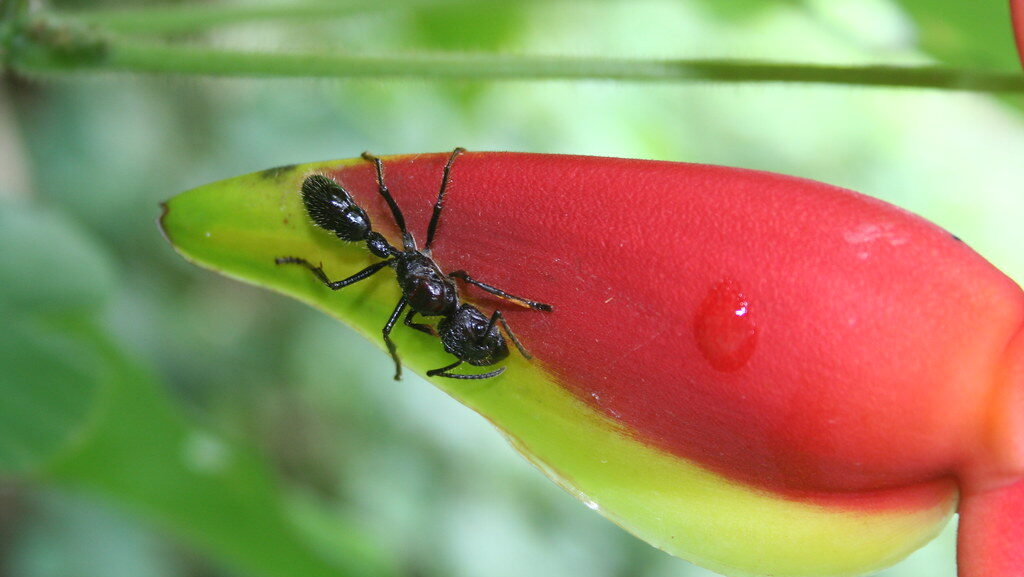
The bullet ant (Paraponera clavata) of Central and South America doesn’t have the most lethal venom in the insect world, but it does have the most painful sting according to the Schmidt Pain Index, earning it a perfect score of 4+. The intense pain from a bullet ant sting has been compared to “walking over flaming charcoal with a three-inch nail embedded in your heel,” giving rise to the insect’s name—being stung feels like being shot. The venom contains poneratoxin, a neurotoxic peptide that disrupts the function of sodium channels in nerve cells, leading to uncontrollable shaking, temporary paralysis, and waves of burning pain that can last for up to 24 hours. While rarely fatal to humans, the extreme pain from bullet ant stings can cause shock and incapacitation, which could lead to secondary dangers in wilderness environments. Interestingly, the bullet ant is used in coming-of-age rituals by the Sateré-Mawé tribe of Brazil, where young men must wear gloves filled with these ants multiple times to prove their manhood.
The Feared Fire Ant
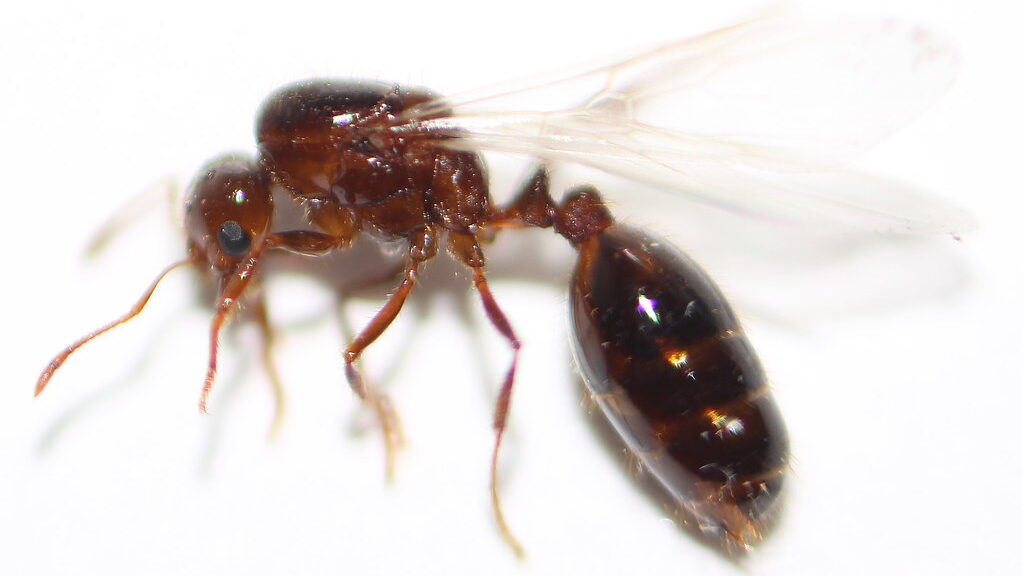
Red imported fire ants (Solenopsis invicta) have become notorious invasive pests across the southern United States since their accidental introduction from South America in the 1930s. Unlike many venomous insects that sting only in defense, fire ants are highly aggressive and will attack en masse when their nests are disturbed. Their venom contains alkaloids called solenopsins that cause the characteristic burning sensation and white pustules that develop after a sting. For approximately 1% of the population with severe allergies to fire ant venom, even a single sting can trigger potentially fatal anaphylactic shock within minutes. In the United States alone, fire ants are responsible for dozens of deaths annually and more than $6 billion in damages and control costs. What makes these tiny insects particularly dangerous is their tendency to deliver multiple stings, rotating their bodies in a circular pattern while injecting venom repeatedly.
The Infamous Kissing Bug
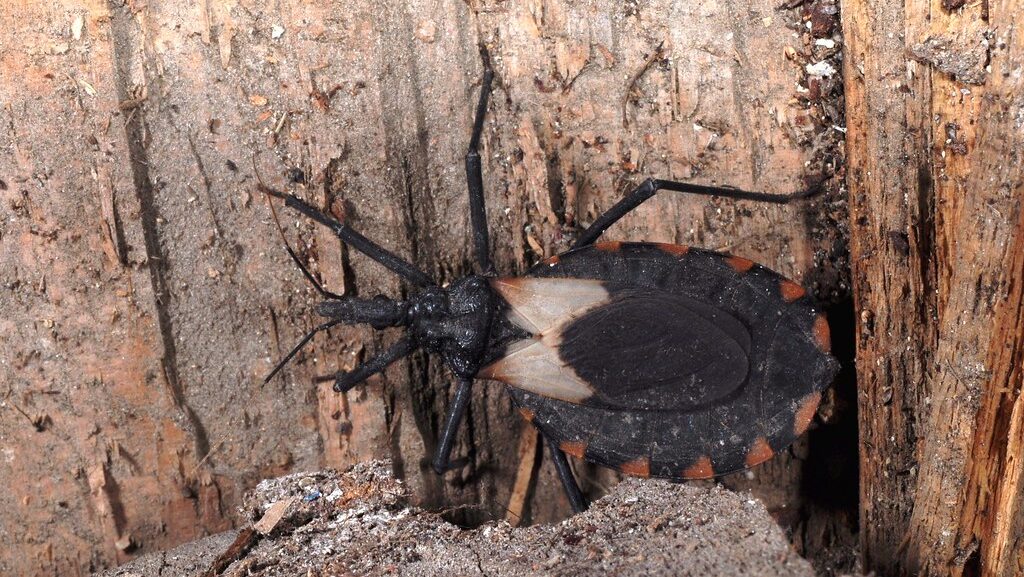
Kissing bugs (Triatominae), also known as assassin bugs, present a different kind of threat than most venomous insects. While their bite itself is not particularly dangerous, they are vectors for Trypanosoma cruzi, the parasite that causes Chagas disease, a potentially fatal condition affecting millions of people across Latin America. These nocturnal insects earned their name from their tendency to bite humans around the mouth and eyes while they sleep. After feeding on blood, they defecate near the bite wound, allowing the parasites in their feces to enter the victim’s bloodstream when they instinctively scratch the irritated area. Chagas disease leads to approximately 10,000 deaths annually and can cause serious heart and digestive problems decades after the initial infection. While not venomous in the traditional sense, kissing bugs demonstrate how insects can be deadly through disease transmission rather than direct toxicity.
The Blister Beetle’s Deadly Secret

Blister beetles (family Meloidae) contain a highly toxic chemical called cantharidin in their bodies, making them one of the few truly poisonous (rather than venomous) insects. When crushed or injured, these beetles release cantharidin, which causes painful blisters upon contact with human skin. However, the real danger from blister beetles comes when they are accidentally ingested or contaminate animal feed, particularly for horses. As little as 4-6 grams of dried beetles can be lethal to horses, causing severe gastrointestinal, urinary, and cardiovascular damage. In humans, ingestion of cantharidin (historically known as “Spanish fly” and incorrectly used as an aphrodisiac) can cause severe damage to the urinary tract and kidneys, potentially leading to death. The median lethal dose for humans is estimated at just 10-65 mg, making these beetles among the most toxic insects on earth by weight.
The Deadly Bark Scorpion
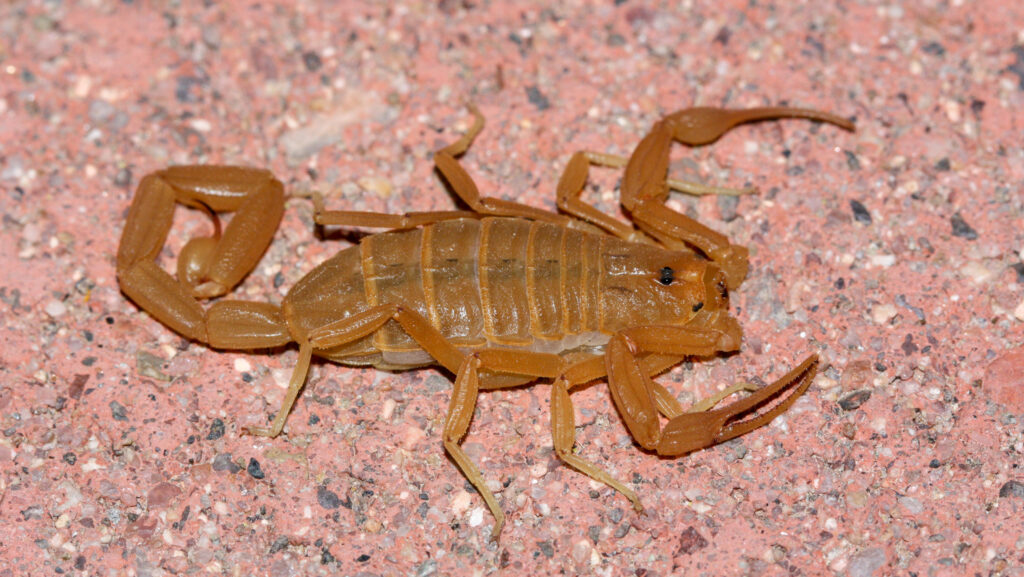
While technically arachnids rather than insects, bark scorpions (Centruroides sculpturatus) deserve mention as they are among the most dangerous venomous arthropods in North America. The Arizona bark scorpion produces a neurotoxic venom that can cause intense pain, numbness, vomiting, and in severe cases, respiratory failure. Before antivenom became widely available, these scorpions were responsible for numerous deaths, particularly among children and the elderly whose bodies are less able to process the toxins. Their small size and light brown coloration make them difficult to spot, and they can climb walls and even hang upside-down from ceilings, increasing the risk of unexpected encounters. What makes bark scorpions particularly dangerous compared to many insects is the potency of their venom combined with their adaptation to human environments, often hiding in shoes, clothing, or bedding in homes within their range.
The Notorious Tsetse Fly
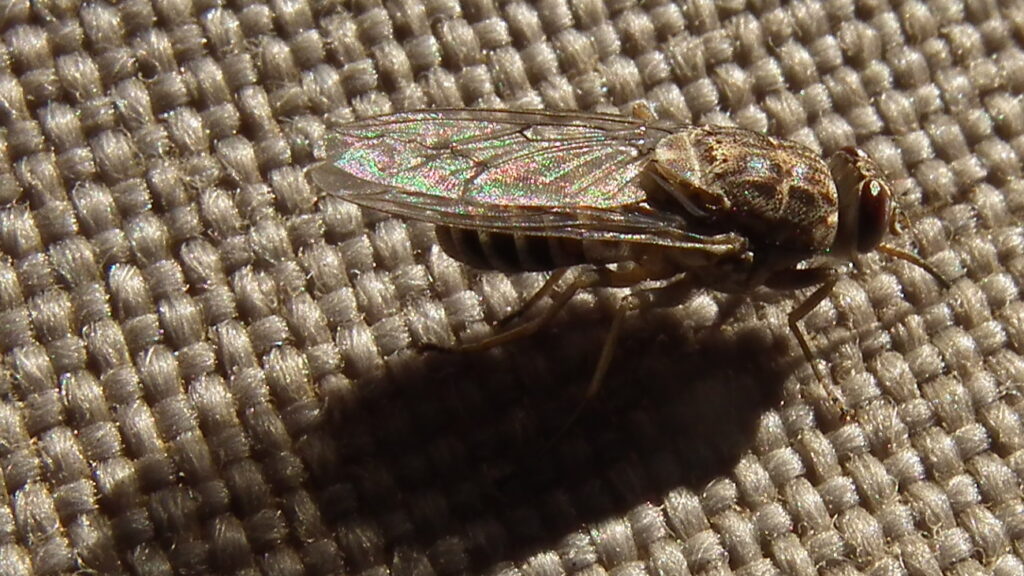
The tsetse fly (Glossina species) represents another insect that kills not through venom but by transmitting deadly disease. These African flies are vectors for trypanosomes, parasites that cause African sleeping sickness (trypanosomiasis) in humans. Without treatment, this disease is almost always fatal, progressing from fever, headaches, and joint pain to confusion, poor coordination, and ultimately coma and death. The World Health Organization estimates that tsetse flies, through the transmission of trypanosomiasis, are responsible for thousands of human deaths annually and have historically rendered large areas of fertile African land uninhabitable. Additionally, these flies transmit related diseases to cattle and other livestock, causing economic damage estimated at $4-5 billion yearly. Though not venomous, the tsetse fly’s impact on human mortality throughout history makes it one of the world’s deadliest insects.
The Mosquito: World’s Deadliest Insect

When considering which insect poses the greatest threat to human life, the unassuming mosquito stands far above all others. Mosquitoes serve as vectors for numerous deadly diseases including malaria, dengue fever, yellow fever, Zika virus, West Nile virus, and various forms of encephalitis. According to the World Health Organization, mosquito-borne diseases kill over 700,000 people annually, with malaria alone accounting for more than 400,000 deaths, primarily among children under five years old. While mosquito bites themselves cause only minor irritation, the pathogens they transmit make them responsible for more human suffering and death than any other organism on Earth except humans themselves. Various species within genera such as Anopheles, Aedes, and Culex are responsible for transmitting different diseases, with their impact felt most severely in tropical and subtropical regions. Despite their small size and seemingly innocuous appearance, mosquitoes have shaped human history through disease transmission more than any other insect.
Surviving Encounters with Venomous Insects

Knowledge and preparation are crucial when it comes to preventing and managing encounters with dangerous insects. When traveling to regions known for venomous insects, research local species and learn to recognize them and their habitats. Wear appropriate protective clothing such as closed-toe shoes, long pants, and long-sleeved shirts when in areas where dangerous insects may be present. Always check shoes, clothing, and bedding before use, especially in regions with scorpions or spiders. If stung or bitten, remain calm to slow the spread of venom through your system, clean the affected area, apply cold compresses to reduce swelling, and seek medical attention immediately if severe symptoms develop or if you have a known allergy. Carrying an epinephrine injector (like an EpiPen) is essential for individuals with known severe allergic reactions to insect stings. Remember that for most healthy adults, a single sting or bite from even the most venomous insects is rarely fatal without allergic complications.
Global Distribution of Deadly Insects

The distribution of venomous and poisonous insects varies significantly across global regions, influenced by climate, ecosystem, and evolutionary history. Tropical and subtropical regions generally harbor the greatest diversity of venomous insects, with the Amazon Basin, Central Africa, Southeast Asia, and northern Australia being particular hotspots for dangerous species. Temperature plays a crucial role in this distribution, as many venomous insects require warm climates to regulate their body temperature and metabolize the complex proteins in their venoms effectively. The evolutionary arms race between predators and prey has also driven the development of more potent venoms in certain isolated ecosystems, such as Australia and the islands of Southeast Asia. Climate change may be altering these traditional distribution patterns, with some venomous species expanding their ranges into previously inhospitable regions. Understanding these geographic patterns is essential for public health planning and for travelers to properly prepare for potential encounters with dangerous insects.
